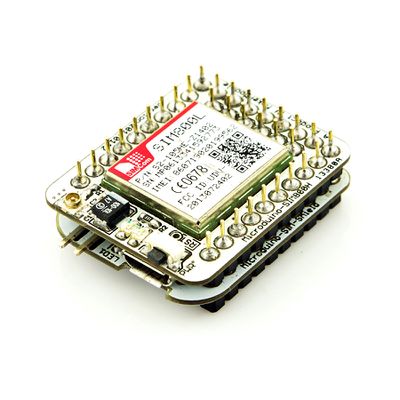|
Microduino-GPRS/GSM module can get Microduino core board connected to the internet and achieve the function of sending and receiving messages when it is just inserted with a SIM card and follows some simple instructions.
Features
- ESD protection;
- Capable of being charged by USB, li-ion or other power supply options;
- Support automatic baud rate detection function;
- Capable of sending AT instructions and data through the serial port;
- Small, cheap, stackable and open;
- Open hardware circuit design and Arduino compatible programming development environment;
- Uniformed Microduino interface standard and rich peripheral modules, capable of having a fast and flexible connection and extension with other modules and sensors in accord with Microduino interface standard;
- Easy to be integrated to pegboards with a 2.45-pitch female header connector interface.
Specifications
Adopt SIM800L module to support four-band GSM/GPRS, whose working band is:GSM850, EGSM900, DCS1800 and PCS1900MHz.
- Electrical characteristics
- Working voltage:3.4V ~4.4V;
- The current consumption is 0.7 mA under the Sleep Mode
- GPRS data
- The maximum data transmission rate of GPRS is 85.6 kbps;;
- Build-in TCP/IP protocol;
- Encoding format:CS-1, CS-2, CS-3 and CS-4;
- Support Unstructured Supplementary Service Data(USSD)
- Serial debugging
- Support standard full-function serial as well as the transmission rate with a range from 1200bps to 115200bps;
- Support serial port multiplexing function corresponding to GSM 07.10 protocol;
- SIM card power and base plant
Document
Development
You can use GSM library to test, https://github.com/Microduino/Microduino_Tutorials/tree/master/Microduino_Libraries/_03_Microduino_GSM_SIM800L
Note:This library only supports Microduino-core.
Application
Sending short messages through the example program in the library.
Preparation
- Hardware:Microduino FT232R, Microduino Core, Microduino GSM, USB cable or lithium battery;
- Software: GSM library, Arduino IDE (1.0.3 release and upper);
- Uncompress the zip folder to libraries of Arduino IDE;
- Connect the Microduino FT232R and PC using USB cable to download program and monitor the serial port;
- USB cable or li-ion battery to charge Microduino GSM module and press the power button for a long time to start Microduino GSM for about 4 seconds. That the power-on indicator goes on shows a successful start-up.
Debugging
- Open SendSMS test program in the examples;
- After it gets compiled successfully, just select the board "Microduino Core (Atmega328P@16M,5V)" and download directly;
- Open the serial monitor(The serial monitor is set to the format of "Newline" and "Enter" ), set the baud rate, and the "SMS Messages Sender" will be printed;
- You need to wait for Microduino GSM module reading SIM card about 10 seconds. If that goes well, "GSM initialized" will be displayed and a note will pop up to remind you to input one number.
- After the input, just press the Enter, it will remind you to write your message.
- Just send the message and after that,"COMPLETE" will be displayed on the screen if the message gets sent out.
Purchase
History
Picture
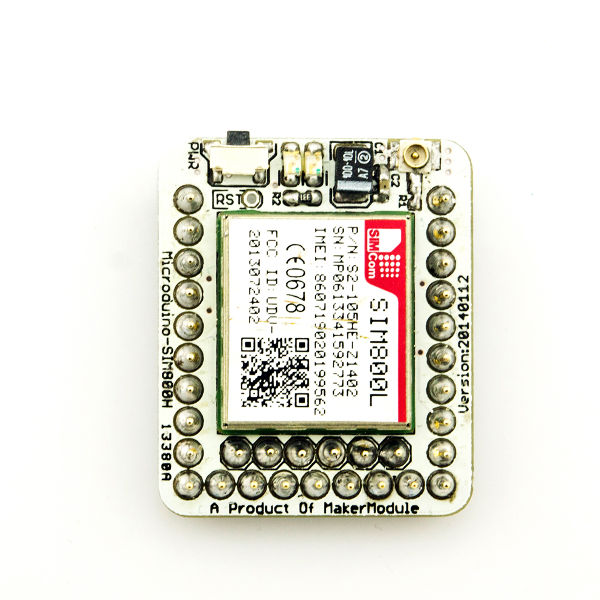 Microduino-GPRS/GSM Front 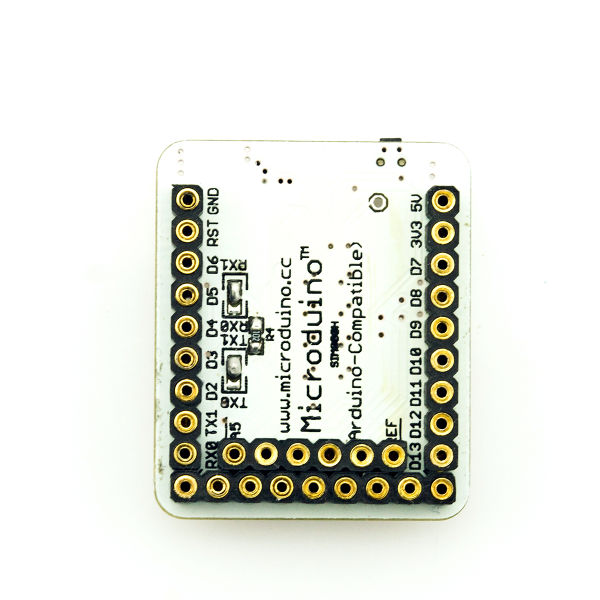 Microduino-GPRS/GSM Front 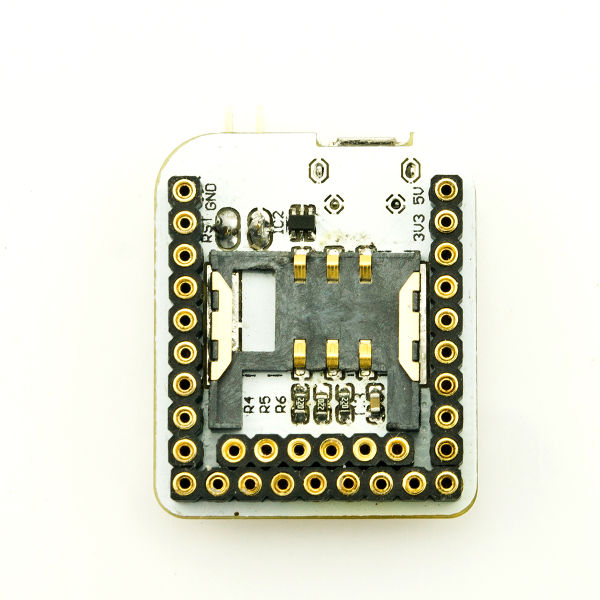 Microduino-GPRS/GSM Front 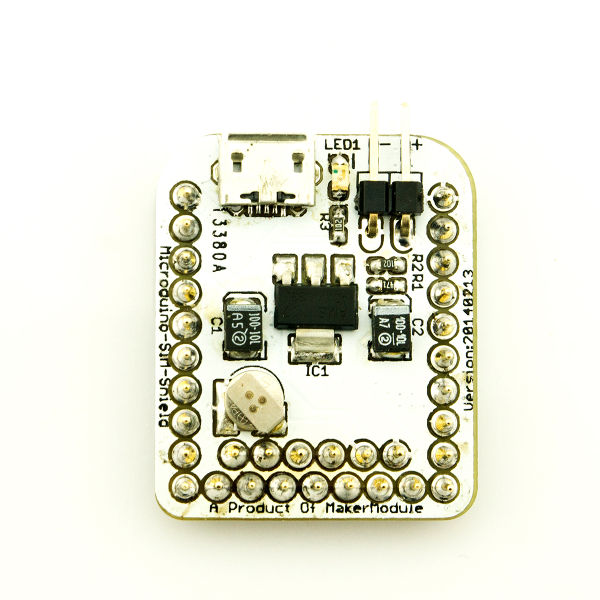 Microduino-GPRS/GSM Front Video
|
